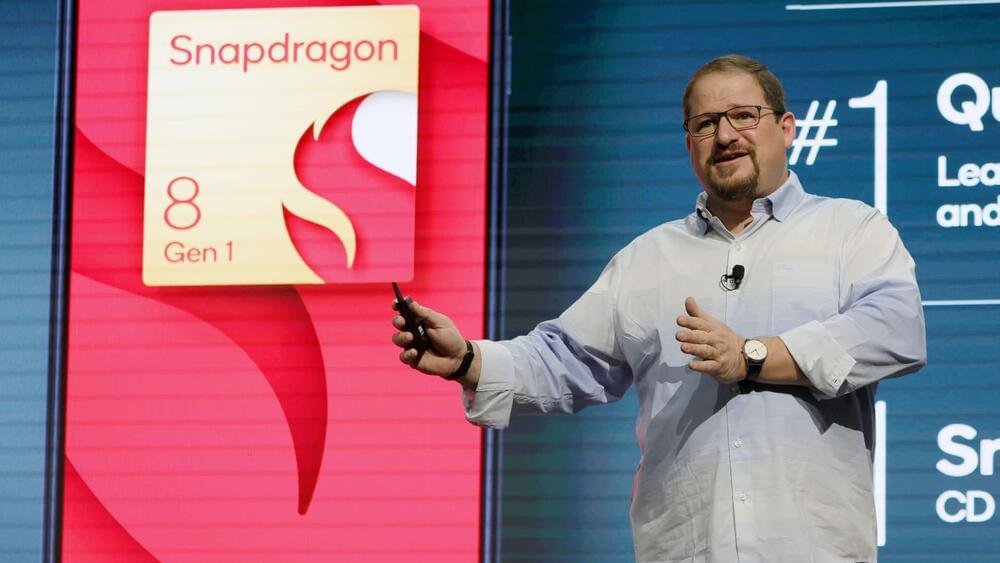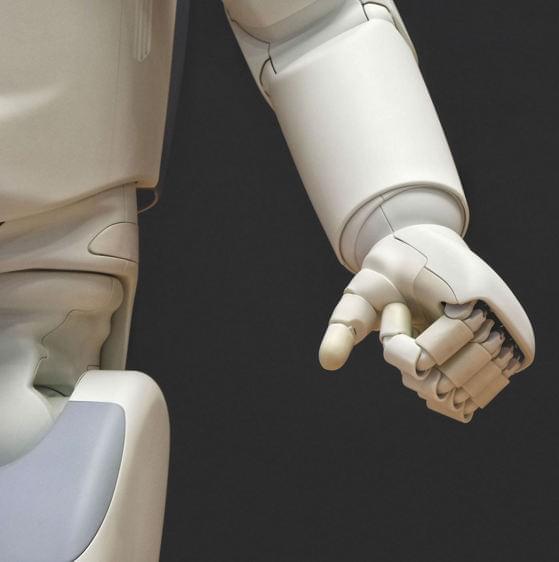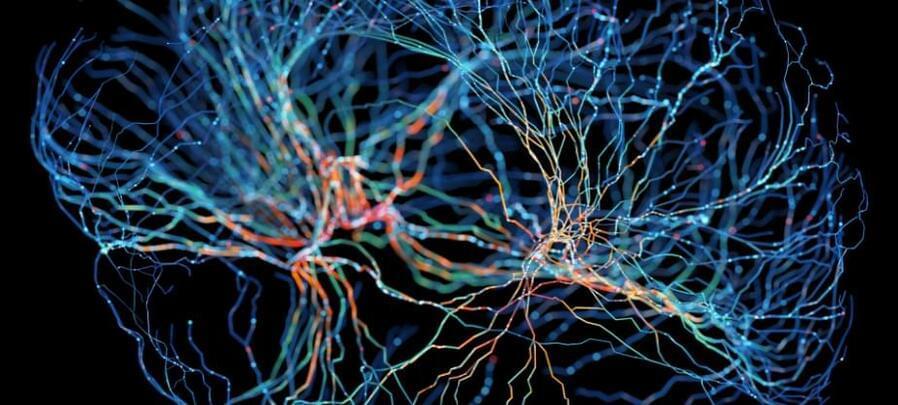Qualcomm CEO Cristiano Amon said the company’s upcoming Snapdragon Summit in October could lead to major developments in mobile technology.
New cases from smartphone makers and other manufacturers the company works with “could create a new upgrade cycle for phones,” Amon said.
In 2022, global smartphone sales tumbled 18.3% year-over-year to 1.21 billion, the lowest level since 2013, according to data from market research firm IDC.
The CEO of U.S. chip giant Qualcomm thinks artificial intelligence could give the smartphone market a fresh lease on life.





